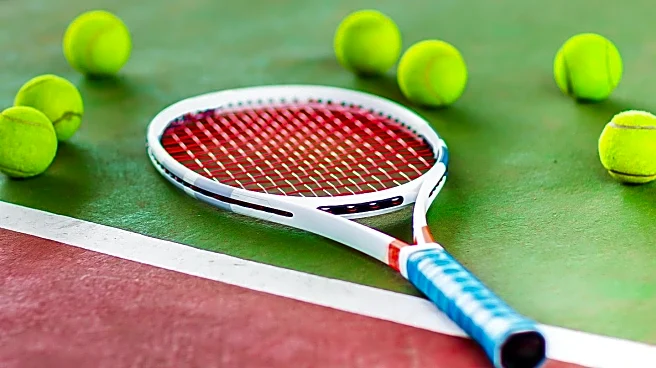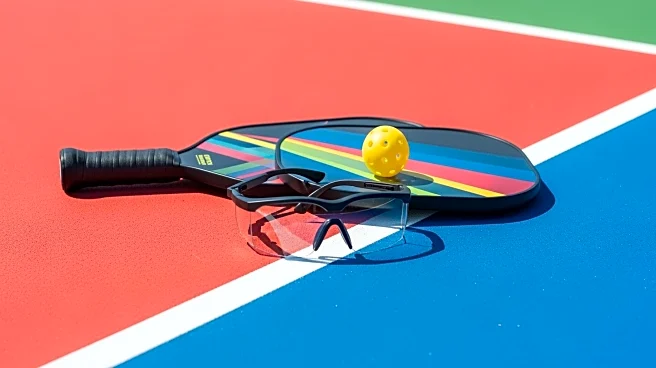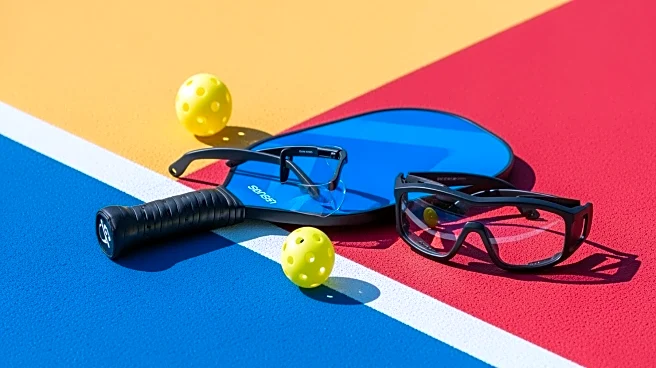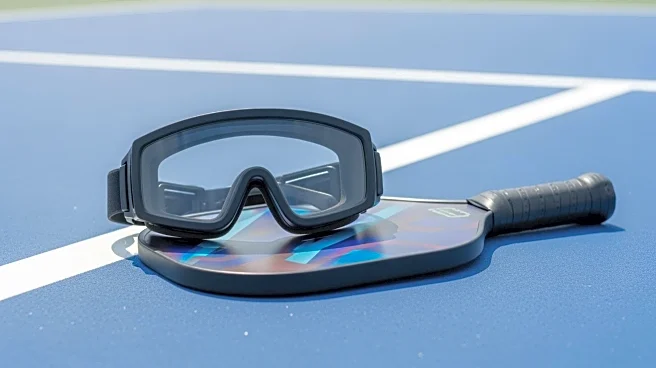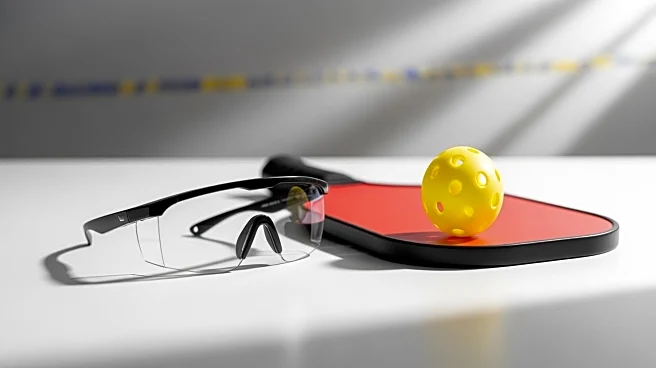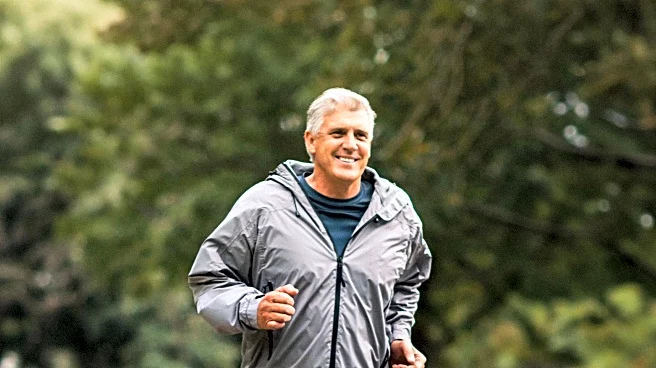What's Happening?
A recent study published in JAMA Ophthalmology has identified a significant increase in eye injuries related to the sport of pickleball. The study reports that in 2024 alone, there were approximately 1,262
cases of such injuries, marking an increase of about 405 cases per year since 2021. The injuries, which include retinal detachments, orbital fractures, and globe trauma, predominantly affect players over the age of 50. Despite the rising number of injuries, there are currently no standardized guidelines for eye protection in pickleball, whether for casual or professional play. This has prompted experts to advocate for the establishment of such guidelines to enhance player safety.
Why It's Important?
The surge in pickleball-related eye injuries underscores the need for increased safety measures in the sport, particularly as it gains popularity among older adults. The lack of standardized eye protection guidelines poses a risk to players, potentially leading to severe and long-term vision problems. Implementing protective measures could significantly reduce the incidence of these injuries, thereby promoting safer participation in the sport. This development is crucial for public health, as it highlights the importance of adapting safety standards to evolving recreational activities, especially those with a growing demographic of older participants.
What's Next?
In response to the findings, there may be increased pressure on sports organizations and health authorities to develop and implement standardized eye protection guidelines for pickleball. This could involve collaboration between medical experts, sports governing bodies, and equipment manufacturers to design effective protective gear. Additionally, awareness campaigns could be launched to educate players about the risks and encourage the use of protective eyewear. The outcome of these efforts could set a precedent for safety standards in other emerging sports.
Beyond the Headlines
The rise in pickleball injuries also reflects broader trends in recreational sports, where older adults are increasingly participating in activities traditionally dominated by younger demographics. This shift necessitates a reevaluation of safety protocols across various sports to accommodate the unique needs of older athletes. Furthermore, the study highlights the role of medical research in identifying and addressing emerging public health concerns, emphasizing the importance of ongoing surveillance and adaptation in sports safety standards.
